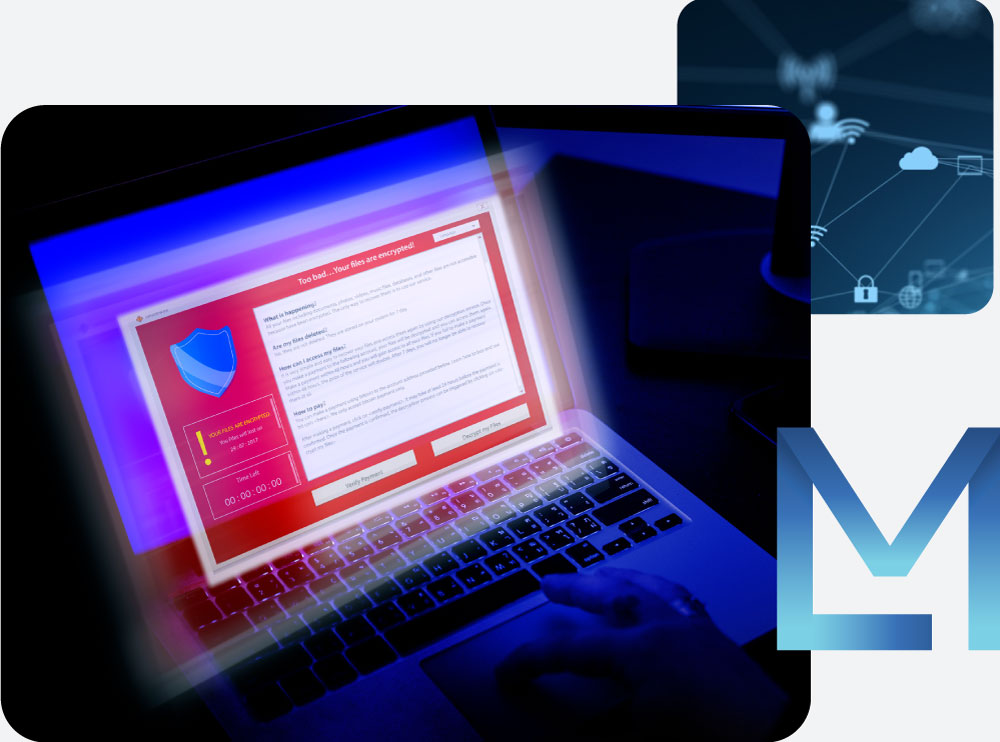Protect Personal Information from Phishing Sites

What is URL Phishing?
An URL phishing refers to a fake web address or link created to deceive or lure users in email messages or web pages. These URLs are designed with the intention of impersonating trusted organizations, websites, or services to confuse or deceive users. Phishing attackers provide such fake URLs to victims through email or use social engineering techniques to persuade victims to click on these links. Subsequently, users are directed to a phishing site where they may be prompted to enter sensitive information or download malicious software.
For example, in a bank account phishing attack, an email may contain a URL leading to a fake login page. When a victim clicks on this URL, they are redirected to a counterfeit page that appears to be a genuine bank website, where they might unwittingly enter sensitive information.
Attack Pathways of URL Phishing


Sending Phishing Email


Seductive Content


URL Masking


Phishing Page


